Colouring Books For Adults Are Surprisingly Popular
October 16, 2016 in Daily Bulletin

Joshua Gans wrote about an oddly popular product:
- In 2015, three of the best-selling books of the year were colouring books targeted at adults.
- Fans say that they are calming and help them return to a simpler time.
- They might be popular with retailers because they have zero resale value. Once they are coloured in, they can’t be re-gifted to someone else.
- Brick and mortar stores might be trying to push them because they’re the rare type of book that don’t work well as e-books.
- And gift-givers might just like giving these away because they’re safe and are unlikely to offend anyone.
Read more musings about the popularity of colouring books and what this says about economists at Digitopoly.
Via: Marginal Revolution
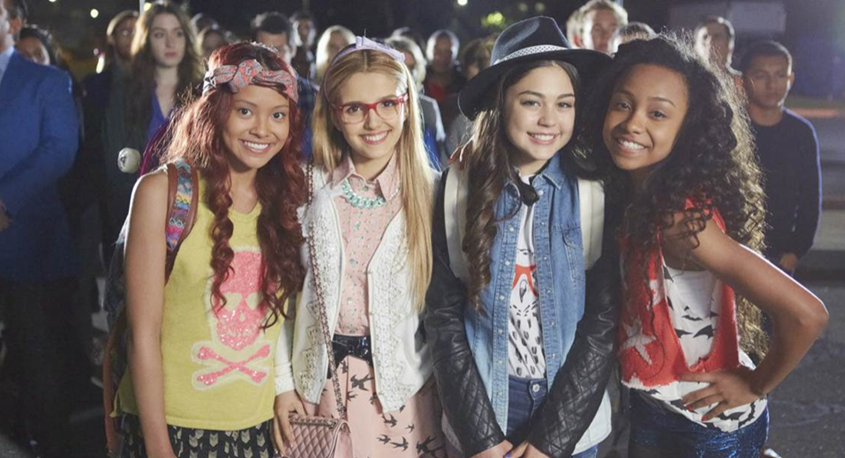

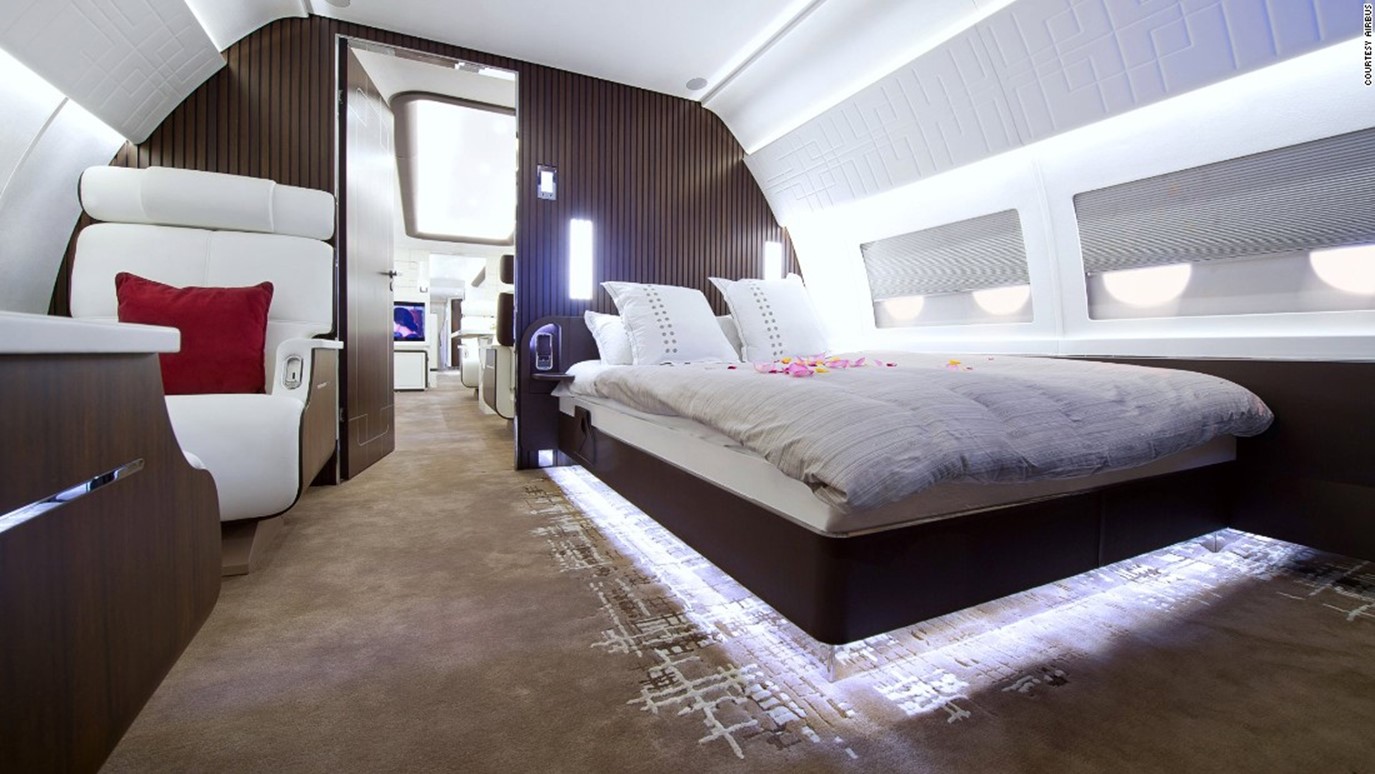
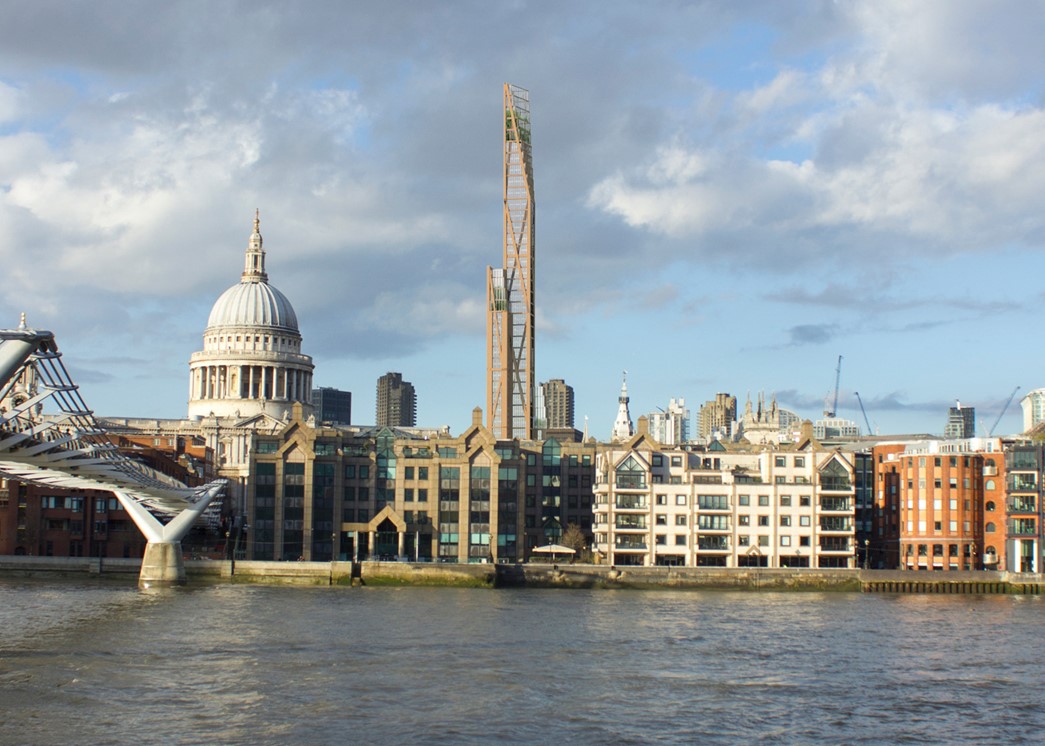
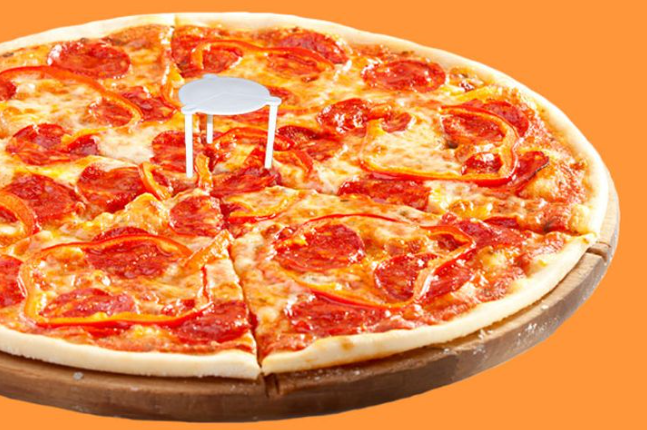

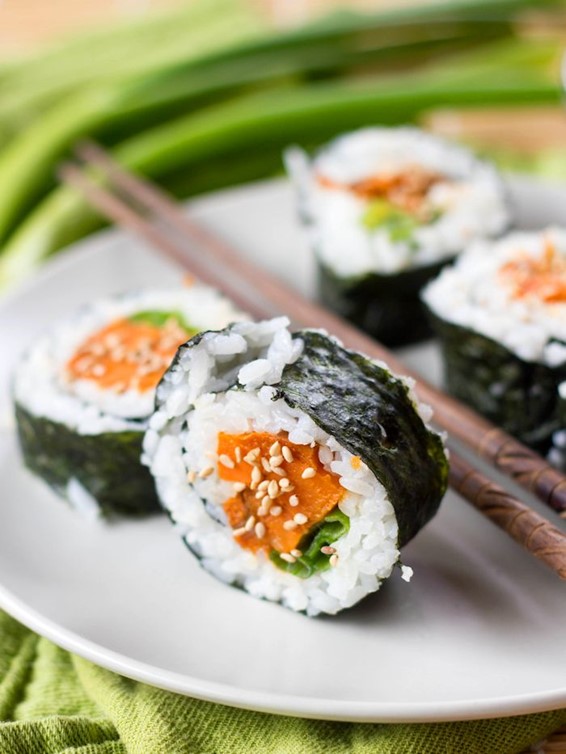

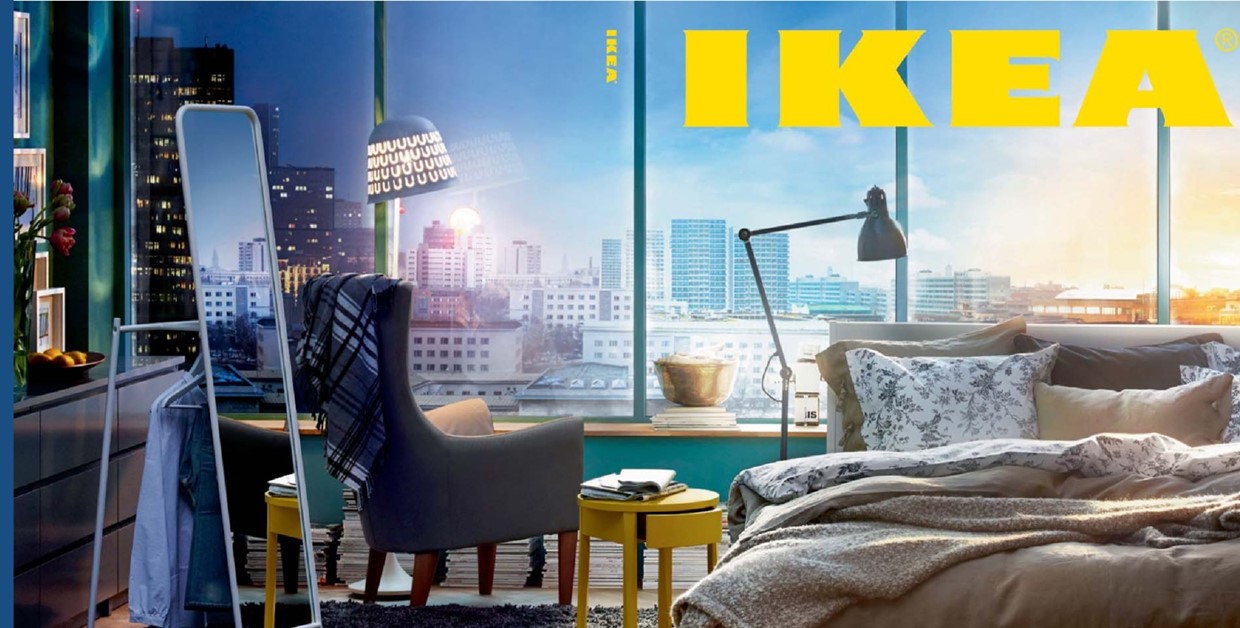
Join the Discussion! (No Signup Required)